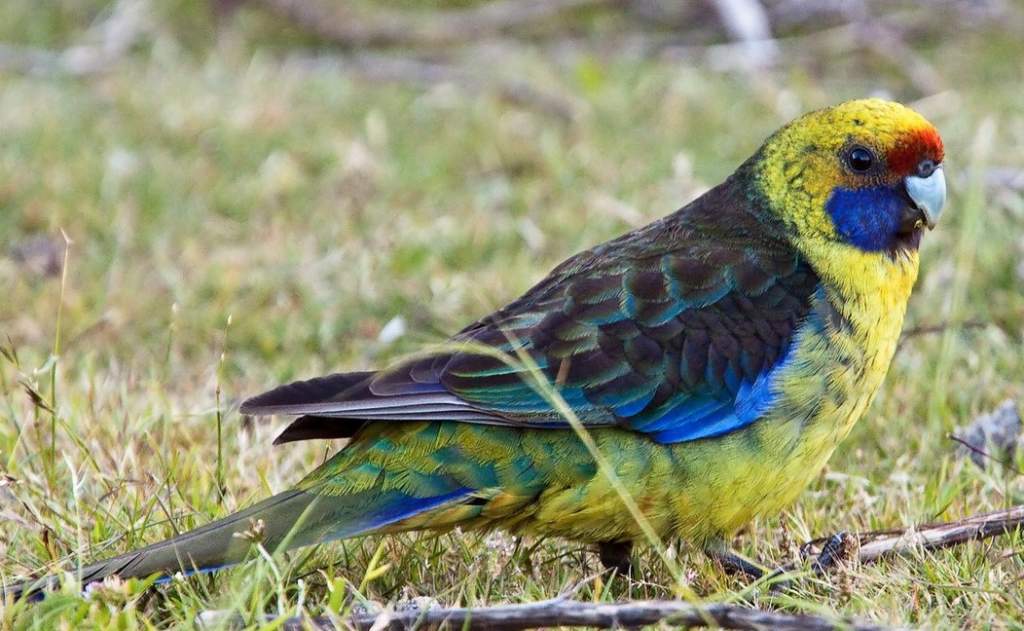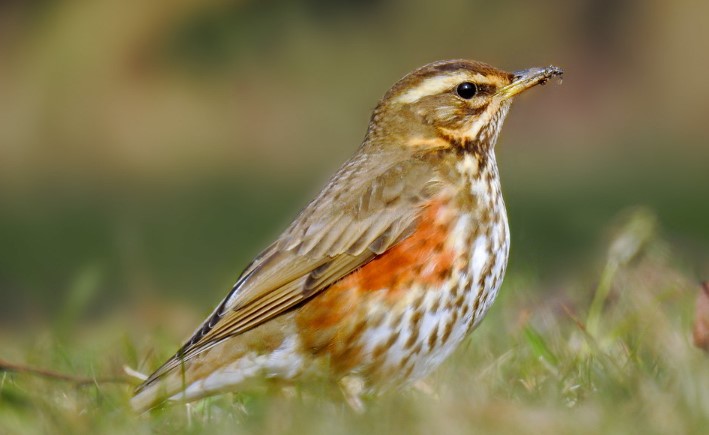Cooper’s Hawk Bird Facts
Family: The Cooper’s hawk is a member of the family Accipitridae, which are large diurnal birds of prey that hunt by flying rapidly from a perch to catch other animals.
Identification: A female has slate-blue upper parts (including the head), barred white underparts, and a white face with black feathers around her eyes. Cooper’s hawks are often confused with red-tails because of their size, but coopers are much more richly colored in blue tones. It is slightly tall (about 55cm long), while the female is about 42cm tall (about 28–30 cm long). The chicks or fledglings call for food or attention using an ascending series of whistles that rapidly increase screeches!
Size: The Cooper’s hawk is a medium-sized hawk, averaging 16–25 inches in length and weighing two to three pounds. The male hawk is larger than the female. It has short, rounded wings and very long tail feathers.
Distribution: The Cooper’s hawk can be found all over America, southern Canada, Central America, most of South America, and northern Australia. These hawks are most common in woodlands near open country but may also be seen hunting low over grasslands with scattered trees or woodland edges.
Diet: The Cooper’s hawk has a large range of prey, including small ground mammals such as mice and voles, rabbits, squirrels (including the fox squirrel), bats, and rats, birds such as pheasants and chickens, and reptiles such as lizards. Other favorite food items include doves, pigeons, ducks, and young common snapping turtles. They feed on bird eggs and nestlings; at least some birds appear to be taken almost exclusively when nests are approached by terrestrial predators (such as corvids or humans).
Most live prey is likely to be in the weight range of 0.5–1 ounce, but Cooper’s has been recorded killing birds weighing up to 3 pounds. Like most accipiters. Cooper’s hawks have powerful feet and often dispatch prey with a single crushing blow. They also kill larger prey, such as rabbits and young pigs weighing up to 3 pounds, by repeatedly biting into the skull until they can reach brain tissue and consume it.
Call, Song or sound
Cooper’s hawk call is weet weet weeee twer-r-r-t chek whew whew. The most popular call they make, however, is a whistled pee peeoo. However, the song is often kewee-ah kewee-ah kewee-ah kikirreh kikirreh kikirreh. Cooper’s hawks sound like a weet weet weeee twer-r-r-t chek whew whew, repeated over and over.
The sound repeated over and over. What does Cooper’s hawk call sound like? How often do Cooper’s Hawks make these calls? When you hear Cooper’s hawk sounds, is it likely that Cooper’s hawks are nearby or far away?
How would someone who wants to learn more about Cooper’s Hawk sounds verify that this fact sheet is accurate information by using some source material (like YouTube videos) of Cooper’s Hawk calls? While at first glance it may seem like this article provides too little information, think about how Cooper’s hawk sounds are described.
If you were to hear Cooper’s hawk sounds in person, would you be able to identify them? What about hearing Cooper’s hawk sounds online through video or audio? Would you still be able to identify Cooper’s hawk sounds by looking at the written description provided in this article? What else can this fact sheet tell us about Cooper’s Hawks that wouldn’t be found out just by listening to their calls?
Nest: Why do Cooper’s hawks build nests instead of just nesting on the ground like most other birds? How easy is it for Cooper’s hawks to find suitable nest locations? How big are cooper’s hawks’ nests compared with the size of the animals they occupy (such as rabbits) or with the cooper’s hawks themselves?
These hawks build nests by finding a tree cavity, either natural or man-made, such as those created by pileated woodpeckers. They will also use other species’ nests, which they will occasionally take over should a nesting pair become absent.
These hawks will also use nest boxes. How is Cooper’s hawk nest different than a red-tailed hawk nest? Cooper’s hawk nests aren’t dissimilar from those built by other bird species that also hunt and eat large animals (such as young pigs).
Eggs: Cooper’s hawks typically lay between two and five eggs (rarely six) per nesting attempt! What do you think happens when Cooper’s hawks make attempts to produce more than one chick? Cooper’s hawk eggs can be pure white or cream-colored with brown or black spots; however, the color of the eggs is not necessarily an indicator of which gender laid them!
What clues would help to determine what gender Cooper’s hawks were that laid the eggs? Cooper’s hawk chicks hatch about a month after nesting at around 15-20 cm tall and weighing 50 grams. Cooper’s hawk fledglings are typically able to leave the nest about 42 days after hatching, but they can’t fly well enough for sustained periods until they reach about 70 days of age.
Life Span: These hawks can live up to 16 years in captivity but will usually only live up to 10 in the wild due to predators or hunting by humans for sport or food. In the wild, they rarely make it past their fourth breeding season due to being persecuted by humans or other predators!
Threats: What kinds of threats do Cooper’s Hawks face from humans? Why might this be? How does this threat compare to the threats Cooper’s Hawks face from predators? Cooper’s hawks are a favorite among falconers and raptor enthusiasts because of their willingness to hunt hawks and other animals!
What are the physical adaptations Cooper’s Hawks have that allow them to make such sharp noises with their syrinx (the organ they use for sound production)? How does the sight and size of an adult female Cooper’s hawk compare to that of a male or immature bird?
Communication: What can you infer about Cooper’s Hawks based on these calls? Do Cooper’s hawks communicate only over short distances (such as between members of the same family) or do they use vocalizations to convey information over a wider range of space? Cooper’s hawks have been recorded as being able to communicate over distances of up to 1.2km! While cooper’s hawks typically stay fairly close to their nests, Cooper’s hawk families will sometimes leave the nest together after fledging and form small groups known as Cooper’s
Cooper’s Hawk family groups are usually only made up of related individuals rather than other Coopers. Therefore, they will even hunt Cooper’s hawk family groups that have been known to hunt Cooper. The most common type of accipitrid is the kite (the red-tailed hawk and others like it), which will be covered in future fact sheets! Other types of accipitrids include osprey, harrier, hen harrier, marsh harrier, and peregrine falcon.







